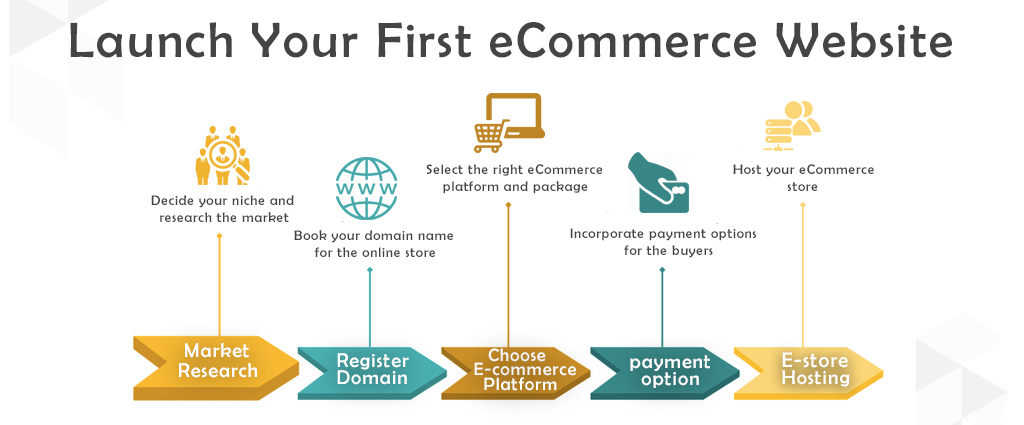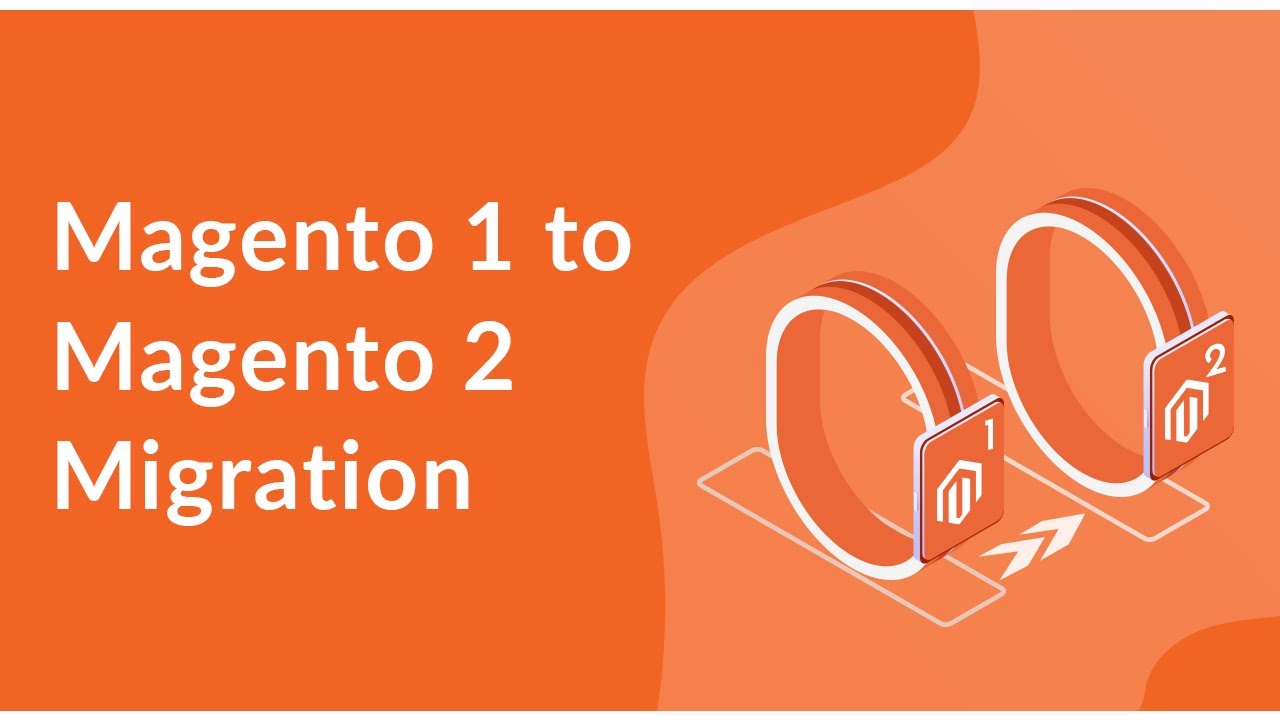
Dive into eCommerce Development
With the exponential growth of online shopping, connecting with your customers through an engaging and efficient e-commerce platform has become essential. But how do you ensure your e-commerce site stands out amongst the estimated 12 to 24 million active e-commerce sites globally? Enter e-commerce development - the process of creating a seamless, user-friendly, and secure platform for selling products online.
Dive into E-commerce Development: A Comprehensive Guide from Concept to Launch
Introduction
E-commerce development is all about fine-tuning the technical aspects of your website, including its functionality, payment acceptance methods, response to user actions, and aesthetics. As a key player in the web development services industry, valued at approximately $11 billion in 2022, it empowers business owners to address their biggest e-commerce challenges effectively.
Understanding E-commerce Development
E-commerce development encompasses various elements, such as integrating e-commerce into a current website or template, determining suitable features and functionalities for your e-commerce project, and comprehending which e-commerce framework fits your business model best. The end goal is to create a user-friendly platform that not only looks visually enticing but also translates into real sales and profits for your business by streamlining the order process for customers and building brand equity.
Importance of E-commerce Development
Without a well-developed e-commerce website, your online store can easily get lost in the crowd. A well-executed e-commerce development strategy is essential for standing out, delivering an excellent customer experience, and ultimately driving conversions. According to PWC, 73% of U.S. consumers consider customer experience a crucial factor when purchasing online, yet only 49% believe brands offer a good experience. Therefore, investing in e-commerce development can significantly enhance the user experience on your site, contributing to higher customer satisfaction and increased sales.
Conceptualizing Your E-commerce Store
Before diving into the technicalities, it's crucial to conceptualize your e-commerce store. This involves understanding your target market, defining your product range, and deciding on a business model.

- Identifying Your Target Market: Having a clear understanding of your target market is the foundation of successful e-commerce development. It allows you to tailor your website's design, content, and functionality to meet the specific needs and preferences of your potential customers, thereby enhancing their shopping experience and increasing the likelihood of conversions.
- Defining Your Product Range: The next step is to define your product range. This not only determines the layout and navigation of your site but also influences the type of e-commerce platform you choose. For instance, if you're selling a wide variety of products, you'll need a platform that supports comprehensive product catalogs and advanced search filters.
- Deciding on a Business Model: Your business model will also significantly impact your e-commerce development strategy. Whether you decide to build your website from scratch (open source), customize a Software-as-a-Service (SaaS) solution, or use an existing marketplace, your decision will affect the complexity of the development process, the level of customization possible, and the resources required.
E-commerce Extension Development
Extensions or plugins are software components that add specific features to an existing computer program, providing customization and functionality enhancement. In e-commerce, extensions can range from SEO tools and social media integrations to advanced analytics and shipping calculators.
- What is an E-commerce Extension?: An e-commerce extension is a piece of software that integrates with your e-commerce platform to extend its functionality. They can enrich your site with additional features like improved payment processing, enhanced security measures, multi-lingual support, and more. The right extensions can significantly improve the functionality of your online store, leading to better user experience and increased sales.
- Benefits of Using Extensions: Using extensions can drastically improve the functionality of your e-commerce site, making it more user-friendly and efficient. They can help streamline various operations, automate repetitive tasks, and provide valuable insights into your store's performance. Additionally, with the right extensions, you can enhance your site's SEO, improve its loading speed, and ensure its mobile responsiveness.
- Choosing the Right Extensions for Your Store: When it comes to selecting extensions for your online store, it's important to prioritize ones that align with your specific needs and goals. While some extensions may seem attractive due to their advanced features, they could end up being unnecessary or even detrimental to your site's performance if they don't serve a purpose relevant to your business. It's crucial to carefully evaluate each extension based on factors like its compatibility with your e-commerce platform, ease of installation and use, customer reviews, and overall reliability.
- Developing Your Own Extensions: In certain scenarios, you might find that existing extensions do not meet your specific needs or that they lack certain features necessary for your business. In such cases, developing your own custom extensions could be the most viable option. However, this typically requires a high level of technical expertise and resources.
E-commerce Store Development
Once you've conceptualized your e-commerce store and decided on the necessary extensions, it's time to move on to the actual development phase. This involves selecting an e-commerce platform and setting up your online store.
- Selecting an E-commerce Platform: The choice of an e-commerce platform is a critical decision that will significantly influence your e-commerce development process. You'll want to select a platform that offers flexibility, scalability, and security while also being easy to use and compatible with your chosen extensions. Whether you opt for a fully hosted platform like Shopify, a self-hosted one like Magento, or a hybrid like BigCommerce depends on your specific needs, technical capabilities, and budget.
- Setting Up Your Online Store: Setting up your online store involves designing your store layout and configuring your store settings, including setting up your product catalog, implementing your chosen payment gateways, and establishing your shipping and return policies.
- Designing Your Store Layout: Your store's layout plays a crucial role in influencing your customers' shopping experience and consequently, your conversion rates. An effective layout is intuitive, easy to navigate, and visually appealing. It should guide your customers smoothly through the shopping journey, from browsing products to checking out.
- Configuring Your Store Settings: Configuring your store settings involves setting up your product catalog, implementing your chosen payment gateways, establishing your shipping and return policies, and configuring any additional settings specific to your business. This process will vary depending on the e-commerce platform you choose, but it's important to ensure that your settings are optimized for a seamless shopping experience for your customers.
Optimizing Your E-commerce Store
To maximize the success of your online store, you need to continuously optimize it based on user behavior, market trends, and evolving technology. This includes SEO optimization, user experience (UX) optimization, and mobile optimization.
SEO Optimization for Your Store
SEO optimization involves improving your website's visibility on search engines like Google. This can significantly increase the amount of organic traffic to your site and, consequently, boost your sales. SEO optimization includes optimizing your website's content and meta tags, improving its loading speed, and ensuring it's mobile-friendly.
- User Experience (UX) Optimization: UX optimization is all about enhancing the overall experience of your users when they interact with your online store. This can involve improving the site's navigation, streamlining the checkout process, personalizing content, and more. A well-optimized UX can significantly improve customer satisfaction, increase user engagement, and boost conversions.
- Mobile Optimization: With the increasing use of smartphones for online shopping, mobile optimization has become crucial for e-commerce success. A mobile-optimized site is not just about being responsive; it's about providing a seamless and enjoyable shopping experience for mobile users. This includes having a mobile-friendly design, fast loading times, easy navigation, and a simple and secure checkout process.
Launching Your E-commerce Store
After all the hard work of developing and optimizing your e-commerce store, it's finally time to launch it. However, before you do, there are a few things you need to check to ensure a smooth and successful launch.
- Pre-launch Checklist: Your pre-launch checklist should include testing all functionalities of your site, ensuring all content is correct and well-formatted, setting up tracking and analytics, and planning your marketing strategy for the launch. It's also essential to prepare your customer service team to handle potential inquiries and issues that may arise after the launch.
- Marketing Your Store: A successful launch requires an effective marketing strategy. This could involve a combination of email marketing, social media promotion, search engine advertising, influencer partnerships, and more. The key is to create buzz around your launch and attract as many visitors to your site as possible.
- Measuring Your Store's Performance: Once your store is live, it's important to closely monitor its performance and make any necessary adjustments. This could involve tracking key metrics like traffic, bounce rate, conversion rate, average order value, and customer lifetime value. By regularly monitoring these metrics, you can identify areas for improvement and make data-driven decisions to optimize your store's performance. This could involve making changes to your website's design, content, pricing, or marketing strategies.
Continuously optimizing your e-commerce store is an ongoing process. As technology and customer preferences evolve, it's important to stay updated and adapt your strategies accordingly. By prioritizing SEO optimization, UX optimization, mobile optimization, and regularly measuring your store's performance, you can maximize your chances of success in the competitive e-commerce landscape. and ensure that your store continues to attract and retain customers.
In conclusion, launching and optimizing an e-commerce store requires careful planning, attention to detail, and continuous monitoring. By following the steps outlined in this guide, you can set yourself up for success and increase your chances of creating a profitable and successful online business. Remember to prioritize SEO, provide a seamless user experience, optimize for mobile, and constantly measure and adjust your strategies. Good luck with your e-commerce venture!
Thank you for taking the time to read our article! We value your feedback, suggestions, and queries. Please feel free to share your thoughts by adding a comment below or reaching out to us at info@sprinix.com. We appreciate your input and look forward to hearing from you.








